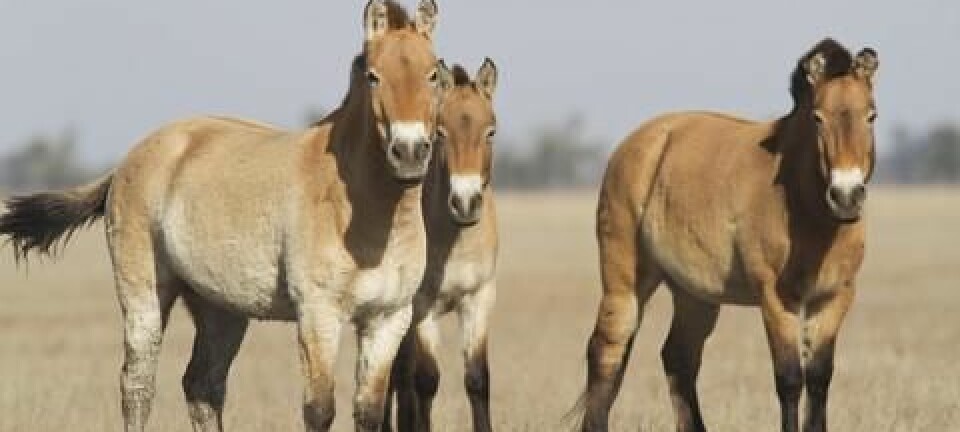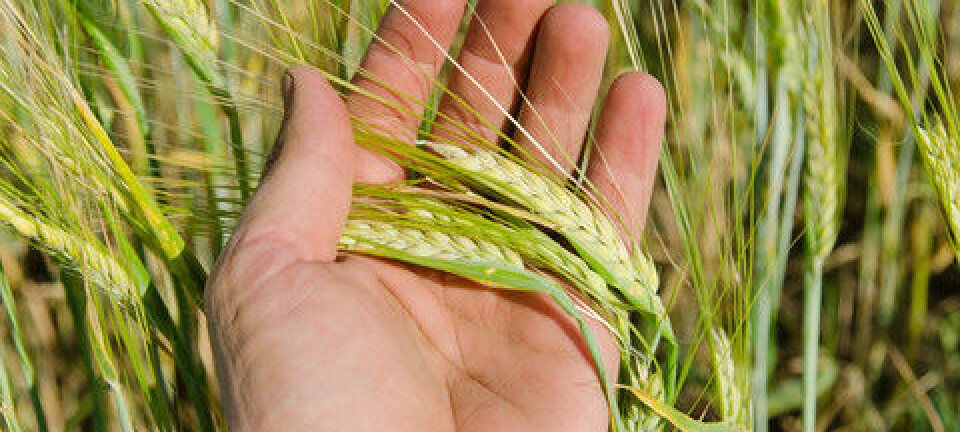
Facial mites reveal where you come from
Facial mites have always been with us. A new study uses them to find out who we are, and where we come from.
Our face is teeming with mites that eat, mate, lay eggs, and live their entire lives around our hair follicles. It might sound disgusting, but now a team of imaginative scientists have put them to good use to tell us more about ourselves.
DNA reveals the various subgroups of mites found on people from different parts of the world, and reflects our own great migration history since our ancestors left Africa 60,000 to 100,000 years ago.
"It’s very interesting. We humans are a walking zoo of living organisms in the form of lice, fleas, intestinal flora, and hair follicle mites," says Associate Professor Morten Allentoft from the Center for GeoGenetics, University of Copenhagen, Denmark.
"These species have followed us throughout our evolution and our prehistoric migrations around the continents. It’s become clear in recent years that our micro flora and fauna are important to understand our survival and proliferation as a species," he says.
Allentoft was not involved in the new research, which is published in the scientific journal PNAS.
‘Meet your mites’
A few years ago, the American biologist Rob Dunn, who is affiliated with the Centre for Macroecology, Evolution and Climate at Copenhagen University, decided that it was time to find out more about these mites that live in human hair follicles—the so-called demodex.
Together with a team of colleagues, he started the project 'Meet Your Mites' where they collected demodex and DNA from the faces of volunteers in the US.
They showed for the first time, that we all walk around covered in demodex--something scientists had long suspected but had not actually demonstrated before.
They were surprised by just how faithful these little mites were to their human host.
Many mites are specialists, and occupy a very particular niche in nature. Demodex are one such example, which not only stick to humans, but to different groups of humans, and reveal our shared history.
Just as human DNA can provide insights into the connections of people from across the globe and help us to map the migration routes of ancient ancestors, so too could the DNA of our little mite companions.
Four ancestral lines of mites
In the new study, Dunn and colleagues focus on one mite in particular: Demodex folliculorum. They collected DNA from 70 volunteers in the US.
They analysed a small part of the mite's DNA--the mitochondrial DNA--and found that the little creatures fell into four ancestral groups, A to D, which also reflected the ethnic ancestry of their human host.
All four lines of mites were found on the skin of people of African descent, while the D-line was almost entirely limited to Americans of European descent.
Americans of Asian descent had mainly B and C lines, while people with South American roots primarily had A and D.
They saw that the type of demodex remained the same over time, and that children had the same type of demodex as their parents.
The results showed that we do not share mites with strangers in the street, but rather within our own families.
"It’s not surprising that there’s genetic differences among demodex from different continents, it’s the same among people and all sorts of other animals and plants," says Allentoft.
"It’s much more interesting that apparently we retain our original demodex population, even if we move to another continent and that this population can be inherited over generations,” he says.
Demodex DNA could, in theory, reveal your own ethnic history, says Allentoft.
-------------------
Read the Danish version of this story on Videnskab.dk
Translated by: Catherine Jex









